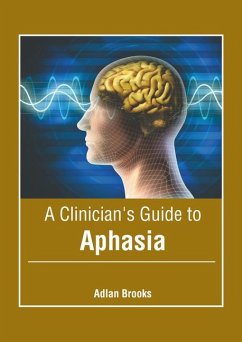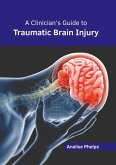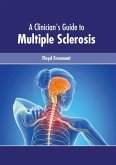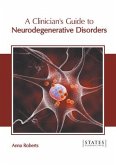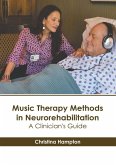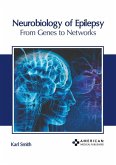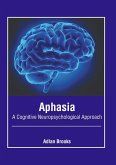Aphasia is a communication disorder that results from damage caused to those portions of the brain which are responsible for language. The disorder may develop slowly and occur suddenly following a stroke or head injury, as the result of a progressive neurological disease. Aphasia impairs the expressions, reading, writing and ability of a person to understand language. Broadly, there are two types of aphasia, namely, fluent and non-fluent aphasia. However, there are several sub-types of aphasia within these broad categories. The most common type of fluent aphasia named Wernicke's aphasia, results from damage to the temporal lobe of the brain. The most significant type of non-fluent aphasia is Broca's aphasia. People suffering from this disorder experience damage in the frontal lobe of the brain. This damage results in right-sided weakness or paralysis of the arm and leg. Treatment of aphasia primarily involves use of therapy which lays emphasis on restoring a person's communication abilities and making patients learn alternate ways of communication, such as gestures, pictures or electronic devices. This book contains some path-breaking studies on aphasia. It explores all the important studies on this disorder in the present day scenario. This book is a resource guide for experts as well as students.
Hinweis: Dieser Artikel kann nur an eine deutsche Lieferadresse ausgeliefert werden.
Hinweis: Dieser Artikel kann nur an eine deutsche Lieferadresse ausgeliefert werden.

